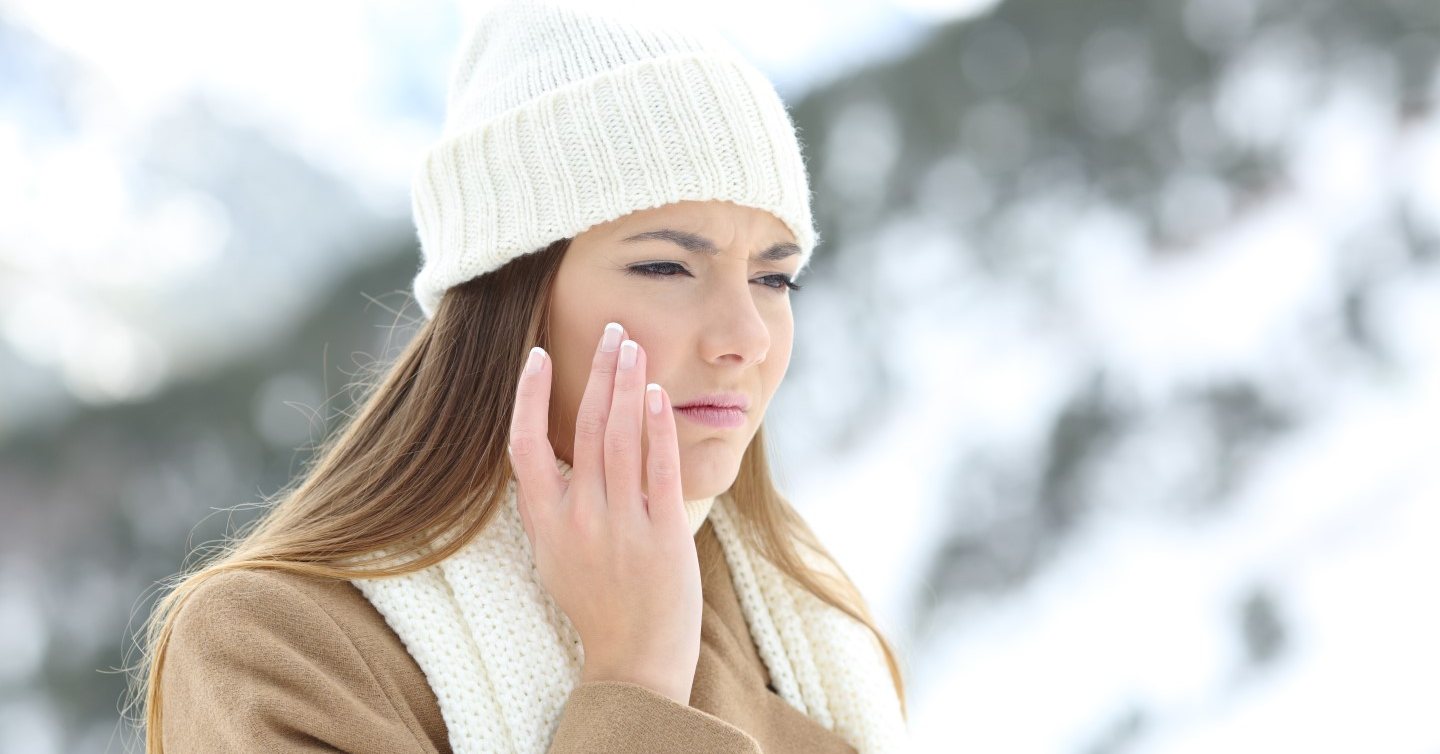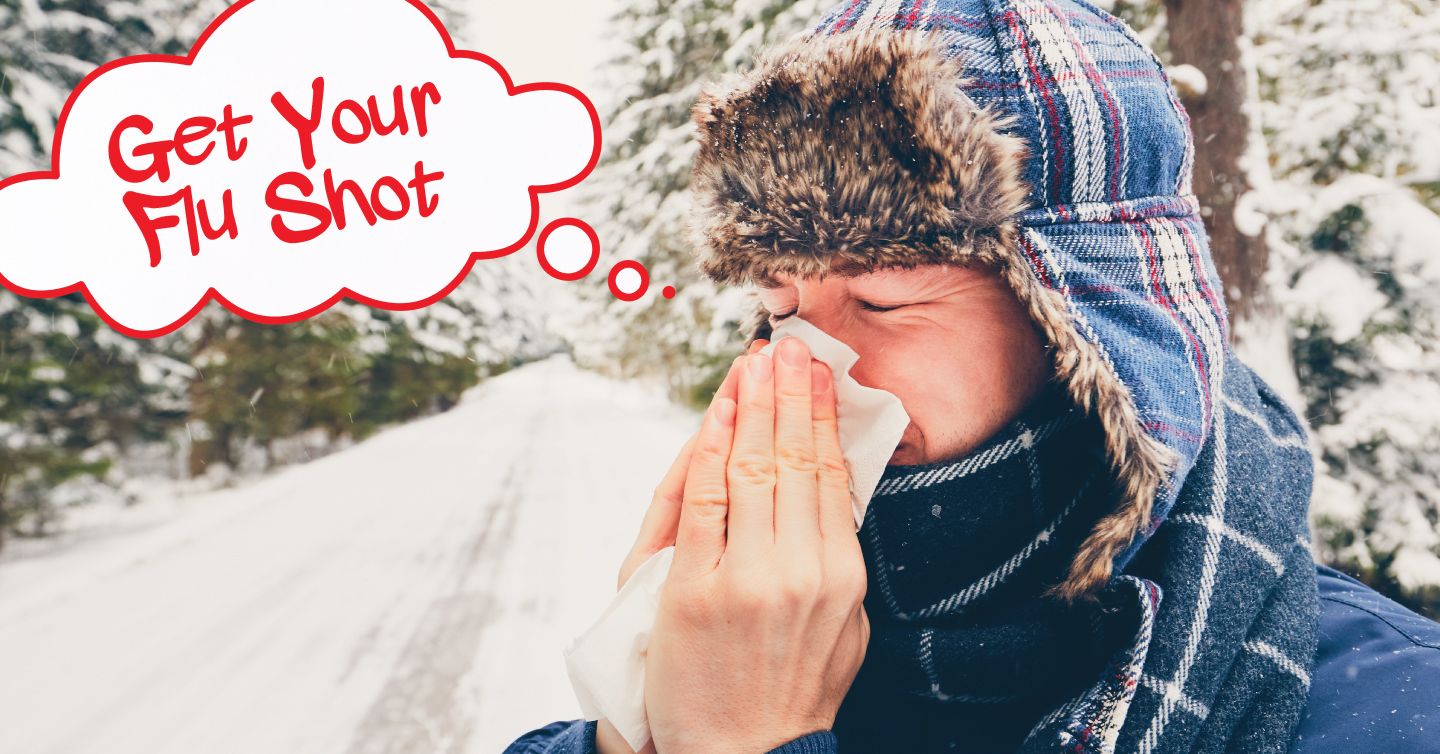Dry Skin: Cracking Up for All the Wrong Reasons

Dry Skin Prevention and Treatment this Winter and Beyond
By Beth Coopman PharmD., pharmacist at Network Health
Originally published on 03/12/2021 at 3:11 p.m.
Recently on the Grow in the Know blog, we talked about the uncomfortable and potentially severe threat of nosebleeds in the winter. Nosebleeds occur when the skin in the nose dries out and cracks.
Also called xerosis, dry skin extends beyond simply your nose, however. When your skin dries out and cracks, it can be uncomfortable or worse. Here’s what you need to know about dry skin.
Your skin’s layers - understanding how dryness starts and spreads
Skin consists of three layers.
The innermost or subcutaneous layer contains fat for insulation, keeping our temperature regulated, serving as energy storage and helping absorb shock to cushion and protect our organs.
Closer to the surface, the dermis layer contains blood vessels, nerves, sweat glands, oil glands and hair follicles.
Finally, on top, the epidermis is the top protective layer. Drying of the skin happens on the epidermis.
Your skin regenerates when new skin cells from the lower part of the layer move upward to the top layer. Over a period of a month, top-layer cells will die and be regenerated. So, rehydrating the epidermis and sealing in the moisture is the main way to treat dry skin.
Treating dry skin
The first step to treating dry skin is exfoliating with an over-the-counter moisturizer (Amlactin®, Lac-Hydrin®, Urea). This helps loosen or shed rough scaly skin and promotes epidermal hydration.
When it comes to pressure for exfoliation, always exfoliate gently to avoid damaging the skin. Clearing old skin cells prepares the skin for deeper absorption of the moisturizer.
Next, you’ll moisturize. A thick, heavy moisturizer stays on the skin longer, so water doesn’t evaporate from the skin. One regimen experts recommend is to apply cream (CeraVe) regularly during the day and an ointment (Vaseline®) at night. Using cotton gloves or socks over hands and feet can help with absorption, locking in the moisturizer and keeping bedding clean.
Treating dry skin is important to avoid complications like eczema, where bleeding cracks can go deep into the dermis, leading to dangerous infections.
Call your doctor if you notice signs of a skin infection like pus, swelling and redness or if home remedies are ineffective. You may require a prescription-strength medication, antibiotic or your doctor may want to rule out medical conditions that can cause dry skin, like hypothyroidism, diabetes or psoriasis.
Preventing dry skin
As was the case with preventing nosebleeds, preventing dry skin involves avoiding the environmental factors that can cause it. Many of these factors relate to how we wash our bodies and clothes.
To avoid dry skin, shower or bathe only once daily for 5 to 10 minutes using lukewarm instead of hot water to avoid stripping the skin of natural oils.
In addition, use soap sparingly or consider using gentle soap-free cleansers (Cetaphil®).
Also consider the types of topical products you’re using. Traditional deodorant and perfumed soaps (Ivory®, Dial®, Zest®) can damage the natural skin moisture barrier, worsening dry skin by stripping it of natural oils.
Mild cleansers (Dove®, Olay®, Cetaphil®) typically have a lower pH like the slightly acidic pH of our skin. These cleansers irritate less than traditional soaps and may optimize skin barrier function.
Allow shaving cream to set on the skin for a few minutes before you shave. When drying off with a towel, pat the skin dry versus rubbing the skin to avoid loss of natural oils. Noticing a pattern? Keeping your skin healthy and hydrated is all about keeping your skin’s natural oils on your skin.
Applying moisturizer right after a bath, shower or washing hands helps seal in moisture while the skin is still dap. Rub moisturizer in completely to minimize the greasy feeling that thick moisturizers can have.
Ointments and creams are more moisturizing than lotions. Some use olive oil on the skin which can cause acne, so it’s something of which you will want to be aware.
Fragrance-free laundry soap and avoiding fabric softeners can help too. Certain fabrics, like wool, can irritate the skin. Cotton fabrics tend to be gentler. Avoiding scratching your skin and use an ice pack to curb itching instead. An over-the-counter hydrocortisone cream can also help.
Finally, during the onslaught of dry air in the winter, use a humidifier, setting it around 35% to 45% humidity.
Enjoy every season with proper prevention and treatment in Wisconsin
Wisconsin can throw a lot at you. Just when you think winter’s greatest threats are over, you wind up suffering things like a nosebleed or dry skin. The struggle is real, but fortunately, dry skin prevention and treatment is obtainable.
If you’re looking for more information on how your Wisconsin-based health plan can help you get the most out of every season, contact us today.



